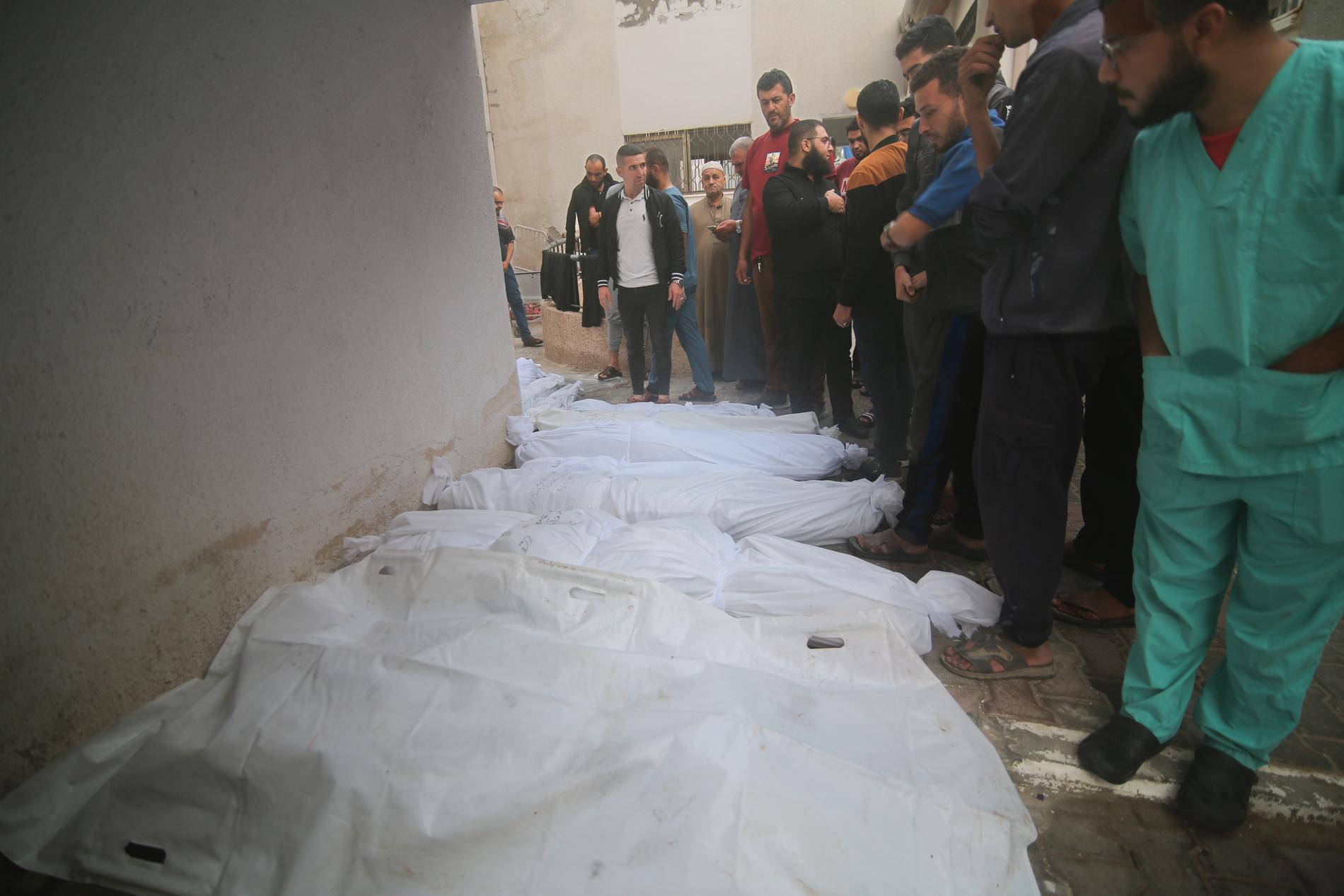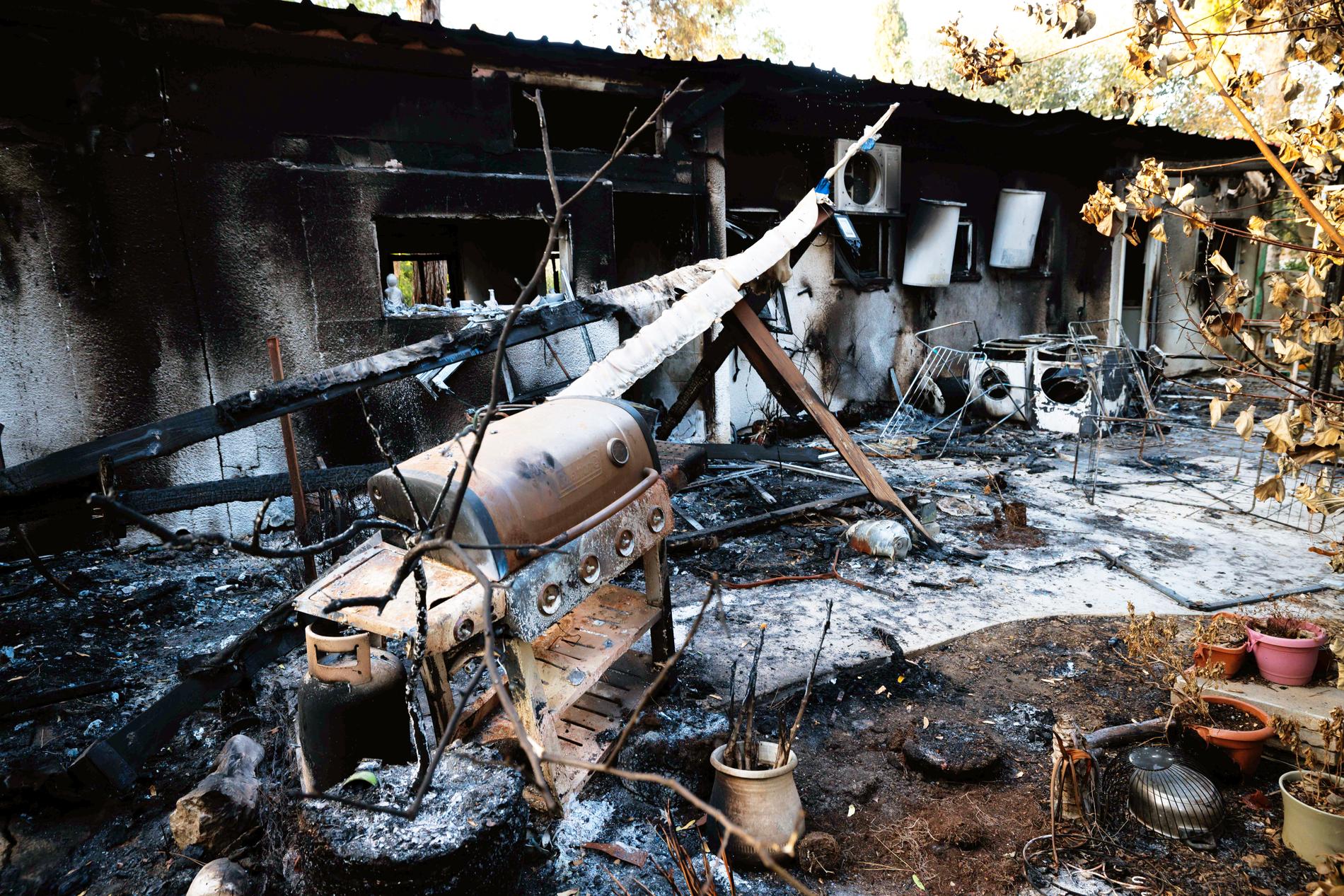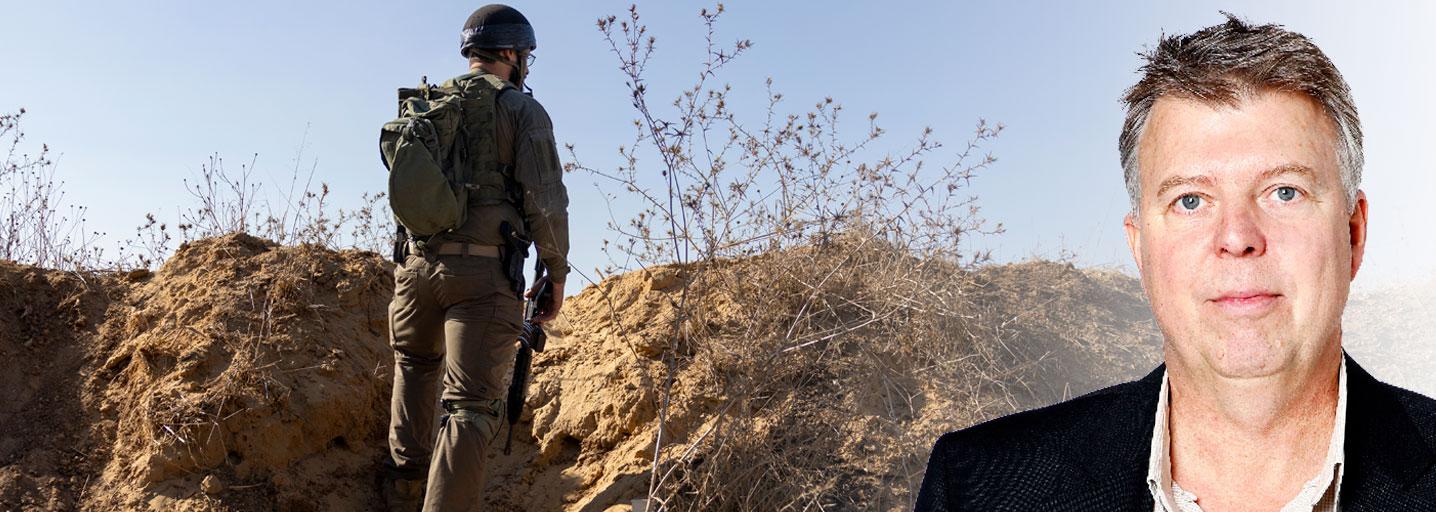Columnists
Israel
Who is most to blame?
Wolfgang Hansson
This is a commenting text. Analysis and positions are the writer's.
Published 2023-10-24 20.37

Photo: Niclas Hammarström
Alongside aerial bombings, massacres and robot attacks, another war is going on between Israel and the Palestinians.
That of the world's sympathy. Both sides try to present themselves as victims in the conflict and win world opinion.
Who is most to blame?
During yesterday, Israel invited a number of foreign journalists to a film screening in Tel Aviv of a specially compiled video film which showed for 43 minutes the terrorist attack of Hamas against Israeli civilians in southern Israel on 7 October. The sequences were from the Hamas fighters' own body cameras, surveillance cameras on the kibbutzim, car cameras and cellphone footage.
The purpose was clearly to recall the heinous acts in order to justify the response that Israel is now carrying out militarily in Gaza and is planning in the future.
The invited journalists got to see, among other things, how children were shot to death and how some of the victims were beheaded.
A video sequence showed Hamas fighters entering a house and talking to a young Jewish girl hiding under a table. After a moment of conversation, they shoot her dead. Another clip shows an Israeli woman examining a partially burned body to see if it is a relative. The victim's dress is pulled up above her waist and her panties are gone.
Israel does not want to appear as the villain in the conflict. They see themselves as victims.
But despite the gruesome images from the Hamas massacres, Israel is gradually fighting an increasingly uphill battle.
Which the fact that the film screening took place confirms. What is now shown daily on news broadcasts around the world is Israel's indiscriminate bombing of Gaza. From the clouds of dust and the ruins of residential buildings, the Palestinians dig up their dead. Men run with bloody children in their arms. The small bodies wrapped in white sheets are laid out in long rows while despairing parents and relatives shout out their grief.

Palestinians stand by deceased relatives after attacks on the Gaza Strip. Photo: Hatem Ali / TT
News Agency The images are as gruesome as those of dead Israelis. It is clear that the majority of victims in both cases are civilians.
People like them are the duty of both sides to protect from lethal violence. The international law experts fully agree that Hamas massacres are a war crime just like taking hostages and using them as human shields. Even those who are subject to an occupation may not kill civilians.
They also agree that Israel must be allowed to defend itself. The only question is how.
World leaders led by US President Joe Biden have pointed out that Israel must follow the laws of war in its response to the Hamas attack. The response must be proportionate.
As to what that means, however, opinions differ.
Swedish Foreign Minister Tobias Billström said yesterday that Israel's response so far has been proportionate. Not everyone agrees on that.
Ireland's foreign minister was one of many who said at yesterday's EU foreign ministers' meeting that Israel's bombing of civilians in Gaza is unacceptable.
In the global South, many see a double standard in the West. In Ukraine, we call Russia's bombings war crimes, but when Israel bombs civilians, many are silent. While Russia, China and a number of countries refused to condemn Hamas attacks.

Burnt house after Hamas attack on October 7 in Kibbutz Nir Oz in Israel. Photo: Ziv Koren / TT
News Agency so far,around 1,400 Israeli civilians have been killed by Hamas. Israel's bombings in Gaza have claimed more than 5,000 victims, according to the authorities there, of which 1,800 are children.
So what can be considered proportionate? It is Hamas Israel must crush, not Palestinian civilians.
The international law experts also agree that it is a violation of international law to prevent humanitarian aid such as food, water and medicine from up to two million trapped people.
Israel's dilemma is how to neutralize the threat from Hamas once and for all without killing yet another large number of civilian Gazans.
At first, Israel had a large part of world opinion with it. But slowly the mood begins to shift. As the images on the retina of massacred Israelis are replaced by images of Palestinian children killed by Israeli bombs, more and more anger is directed at Israel instead of Hamas.
This is how the dynamics of the conflict have looked for decades.
Locally, it is an eye for an eye, a tooth for a tooth. Then both sides turn to the outside world to gain their support and sympathy.
Who is most to blame?
Israel which was first subjected to attacks from neighboring countries and then terror from Palestinian groups when all they want to do is live in peace in the land that the UN gave to the Jews of the world in 1948.
Or the Palestinians who were displaced or fled their homes when the Jewish state was established and since then dream of being able to return one day. And who were exposed to an over 50-year-long Israeli occupation?
The sympathies of the outside world have shifted as much historically as they do now. It is possible to understand both parties without accepting the violence from either.
If Israel loses the sympathy war, it will be difficult for them to continue the war for any length of time.
The only way out of the spiral of violence is a political solution to the conflict. If the parties cannot manage it on their own, perhaps it is time for the outside world to try to force peace.

Inga kommentarer:
Skicka en kommentar